Not Quite a Hitchcockian Tale
Squire’s Tavern, Barkhamsted (Google Maps location)
June 2023
Connecticut museum visit #504.
I know this person doesn’t exist, but if, somehow, at some point in the future you are this person, I’m sorry. I’m sorry that you, Barkhamsted Superfan, have read or will read my droning on yet again about how attractive I find your little northern town. And I’m not even a fly-fisherman!
Ever since my very first drive up along one side of the Farmington River here into the Riverton section of town, I’ve loved Barkhamsted. And this beautifully restored late 18th-century museum building only adds to my affections. Look at this place!
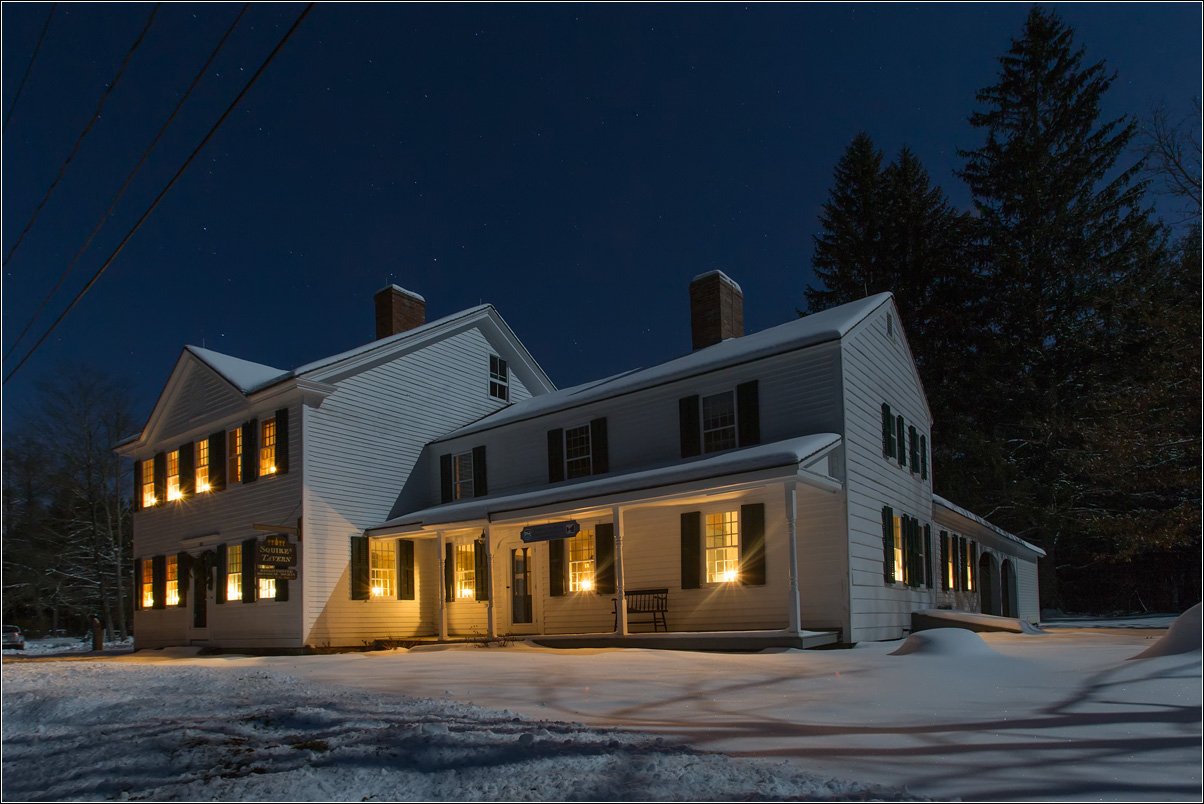
(Picture from the Barkhamsted Historical Society)
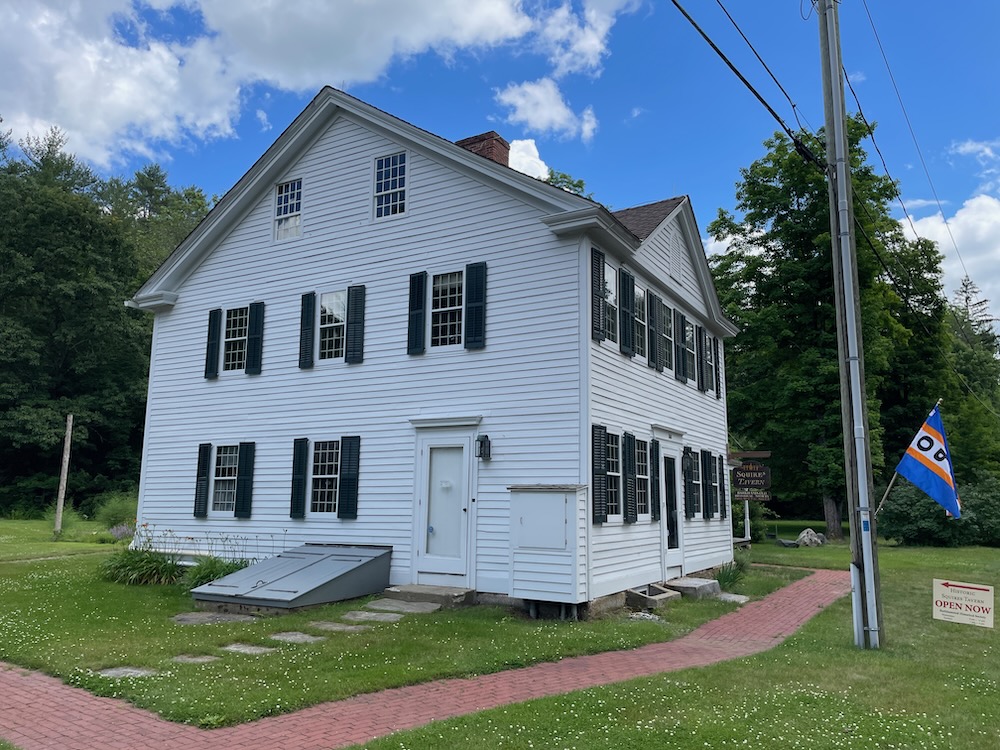
In 1796, Daniel Bennett of Weston built the house in Barkhamsted that would later be called Squire’s Tavern. (I didn’t believe Weston was a town in 1796 either, so I just checked. Weston became incorporated in 1787. Wow, color me surprised.)
From 1801 to 1821, it was operated as a tavern by Saul Upson, who then sold it to Bela Squire. The property had a farm, tavern, and blacksmith’s shop. The house had other owners after 1871, including Johann Ullmann, a German farmer. In 1929, the former Tavern was donated to the state and housed park rangers as part of Peoples State Forest up until the 1990’s.
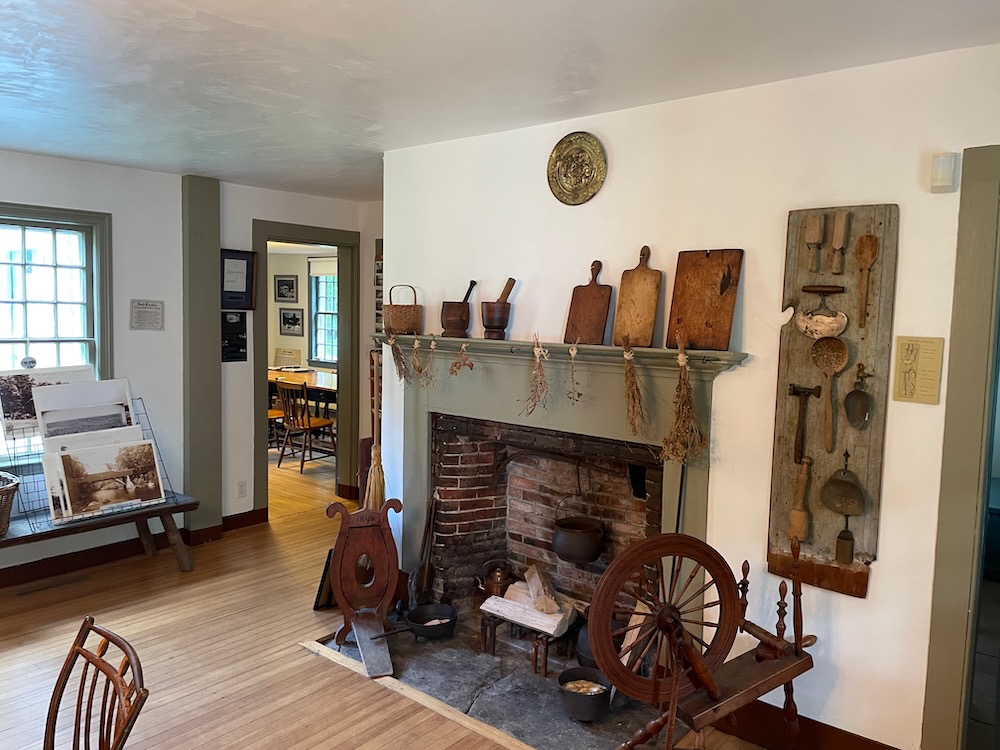
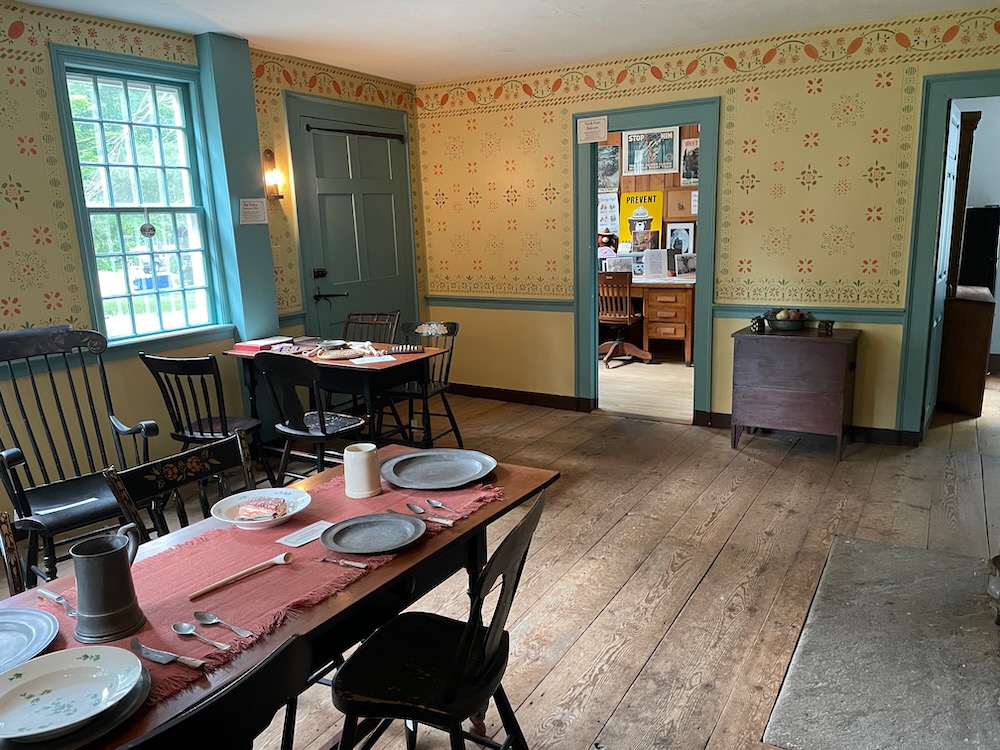
I’m always interested in why certain historic houses take on the names they do. Why not the Bennett House? Or the Upson Tavern? The Ullmann Farmhouse? I have no idea, but for years I had thought “Squire” was referring to “a man of high social standing who owns and lives on an estate in a rural area, especially the chief landowner in such an area” and not someone named Bela Squire.
I’ve still so much to learn. In fact, when I told the docent of my confusion over “Squire,” he simply ignored me and therefore made me feel dumb. It was only later that I learned he was hard of hearing so for a mumbling quiet person like myself, we had a mutually difficult – yet lovely – time of things.
Also confusing is that the Society uses “Squire’s” as much as “Squires” and I’ve seen “Bela Squire” as well as “Bela Squires” so I’m not even positive which it is as I write this.
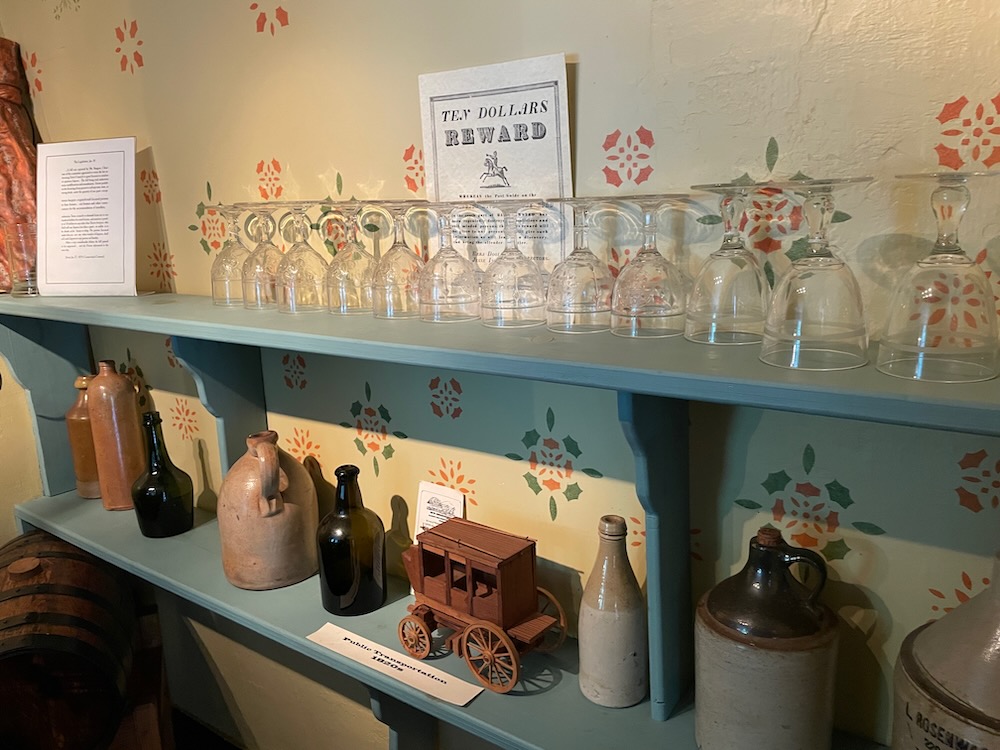
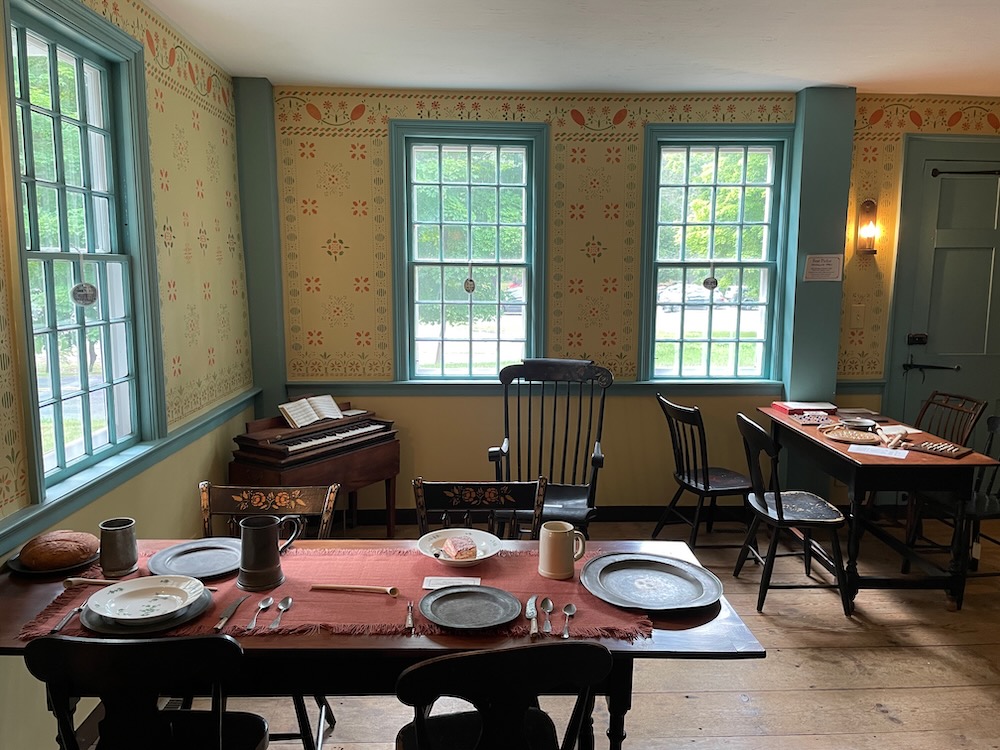
Anyway, the DEP park rangers moved out and the old tavern sat vacant for five years or so, when the state was finally convinced to lease it to the town of Barkhamsted. The Society moved in and restored it to what it is today: their headquarters and a wonderful museum.
There’s a rather informative sign outside of the building. For those of you who don’t feel the need for the full museum experience – or you happen to be here when it’s not open – you’ll get the gist of the place from reading. (And yes, I imagine curious old people like me amble across the road from picnicking at Matthies Grove.) I entered the building and found myself alone. Fine by me.
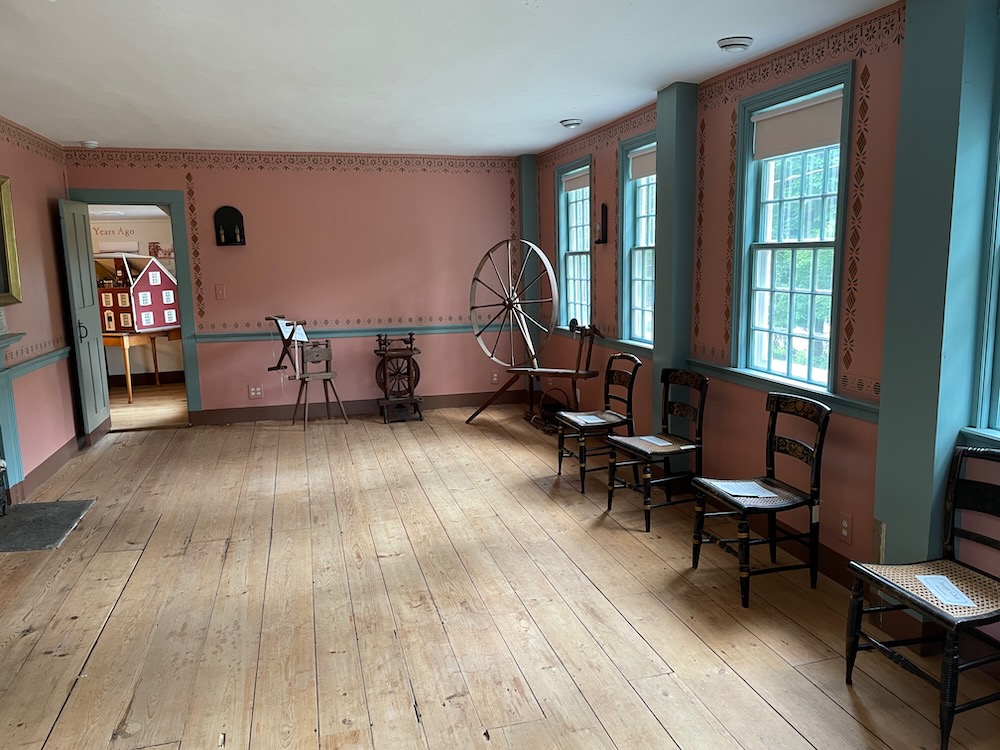
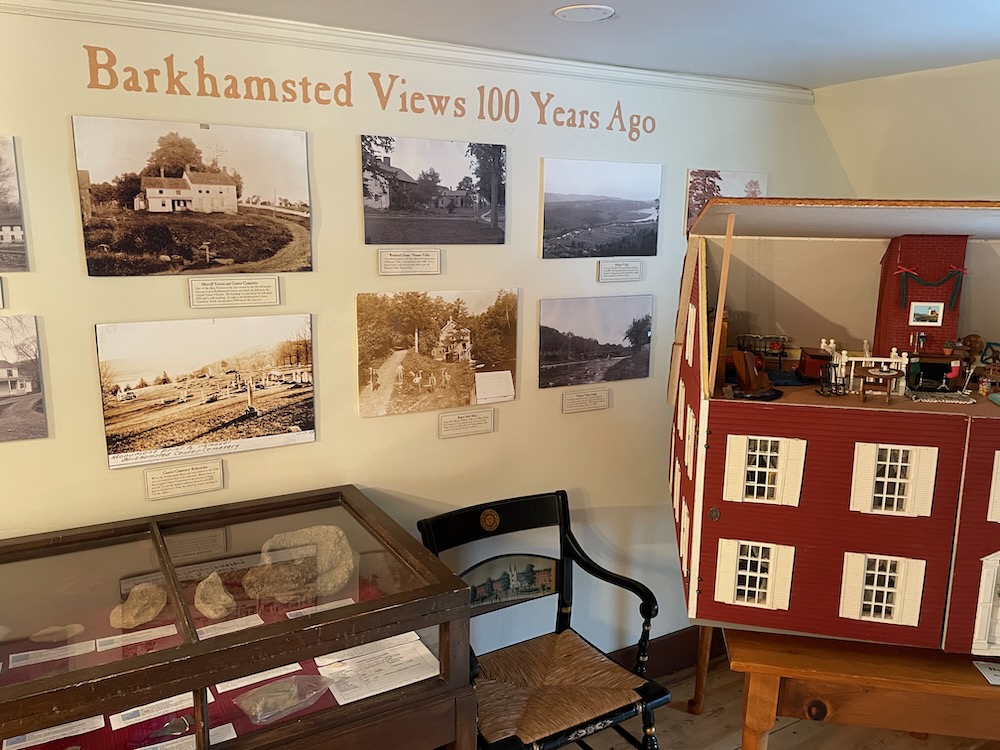
I was immediately impressed with the set up here. One little room is set up as a park ranger’s office from the mid-20th century. This certainly isn’t the focus of the house or the museum, but it’s cool that they preserved this little space for this purpose. In fact, the Society has done a great job highlighting each disparate occupant of this building – as well as including a ton of local history.
And if you were to ask anyone who knows anything about the local history, that person would likely bring up the Barkhamsted Lighthouse. Squire’s Tavern dedicates the first room visitors enter to it, which I think it smart.
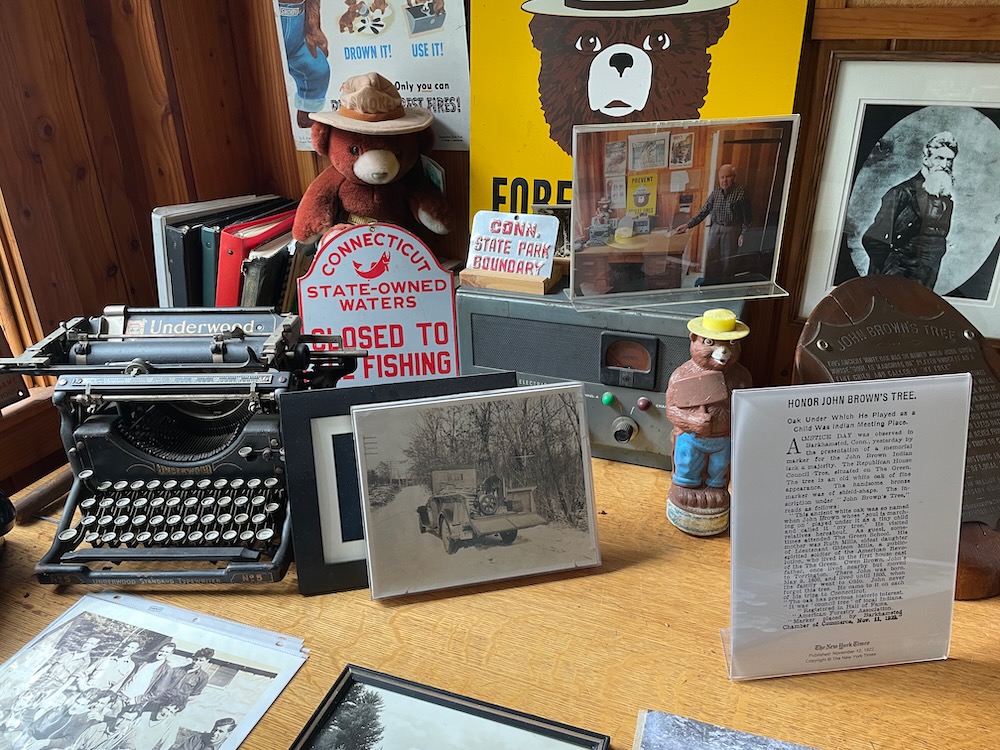
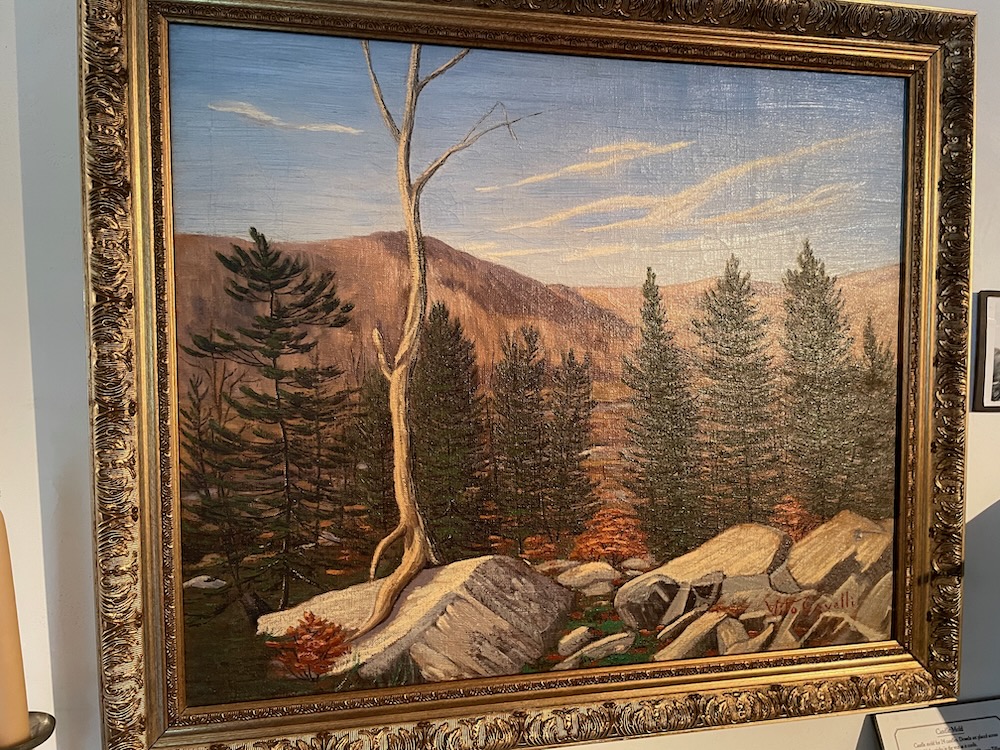
From Connecticut History:
Now known as the Lighthouse Archaeological Site, this village, founded in the middle of the 1700s, consisted of people of African, Native, and Anglo-European heritages living harmoniously on the fringes of mainstream society. Once abandoned, the site left behind an archaeological legacy detailing the challenges of daily life in colonial Connecticut.
Around 1740, tradition holds that Mary Barber (also known as Molly), a white woman from Wethersfield, Connecticut, made the decision to marry a Narragansett Indian from Block Island named James Chaugham. To escape her disapproving father, Mary and James took to the woods of northwestern Connecticut; they eventually settled along the Farmington River in what became the town of Barkhamsted. While some details of the story (such as Mary’s Wethersfield origins) have not been conclusively proven, church and town records—along with archaeological evidence—document the growth of a small community where the Chaughams made their new home.
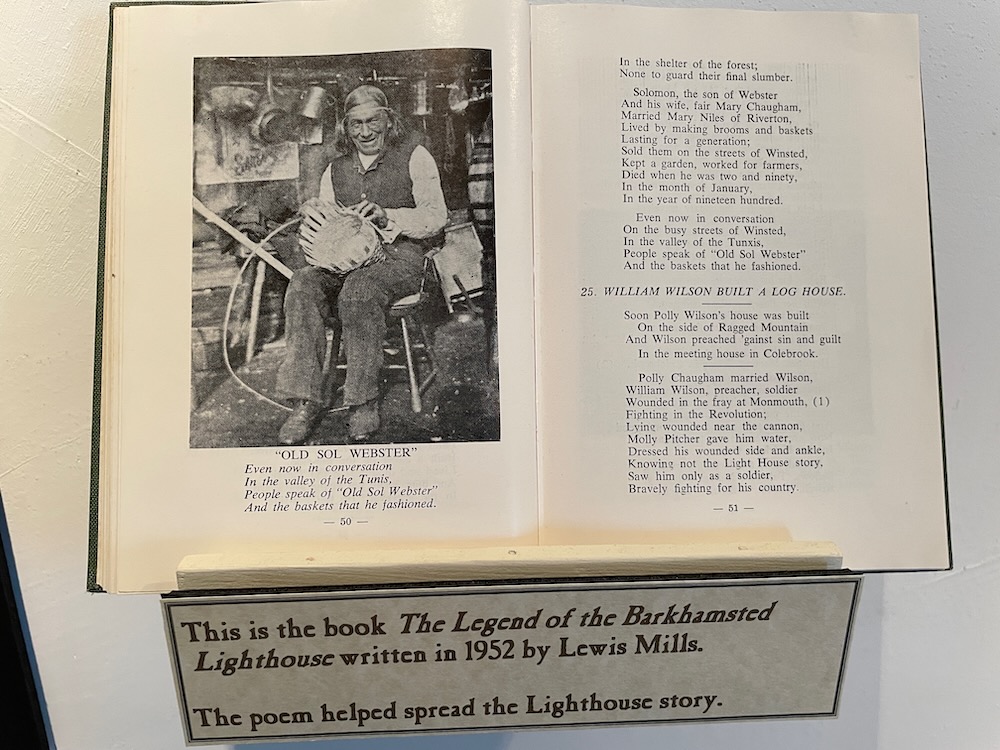
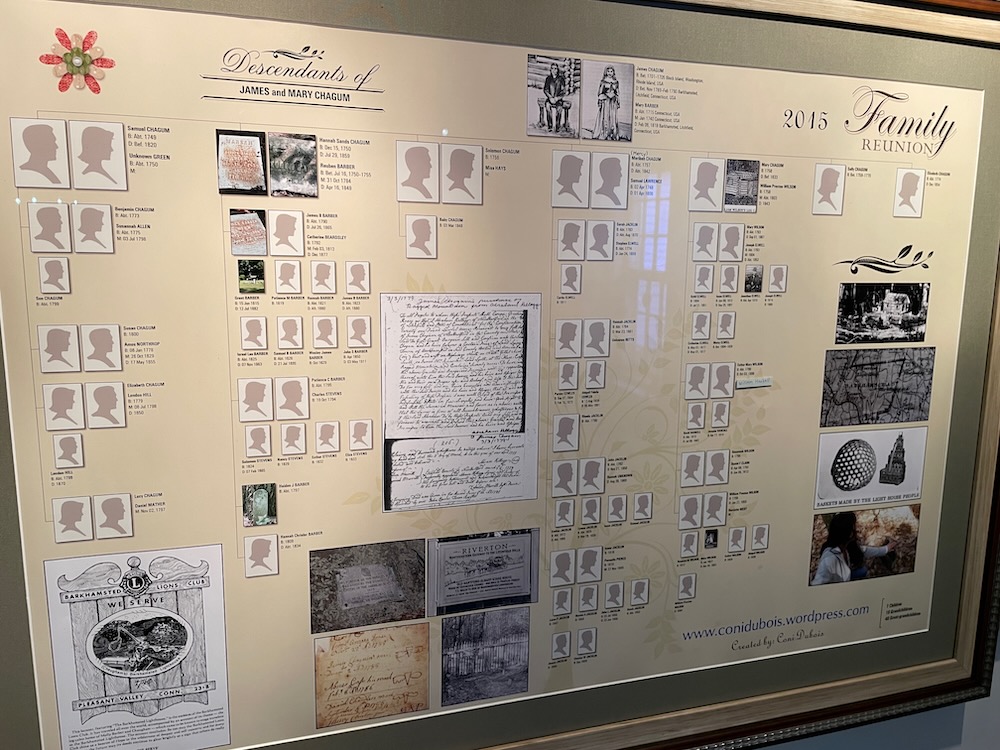
…
Eventually, entrepreneurs improved a trail at the base of Ragged Mountain to accommodate stagecoach traffic. This trail became a part of the Farmington River Turnpike system and helped facilitate travel to the iron forges prospering in upper Litchfield County. One version of the Chaugham’s story credits stagecoach drivers with giving the Lighthouse settlement its name. As the story goes, drivers moving along the turnpike at night used to point out the light coming from the Chaugham’s residence in the distance and refer to it as if it were a landlocked version of a lighthouse at sea.
The Lighthouse settlement left behind over a century’s worth of tools, ceramics, clay pipes, iron nails, and food remains. To visit it today only reveals a few small cellar holes and gravestones, but with so many descendants and a focus on the history of the place, Barkhamsted has a pretty cool story right up the road from Squire’s Tavern.
There is a trail to the Lighthouse settlement. (Take the Falls Cut-Off Trail up from East River Road and follow the ample signage to the settlement.)
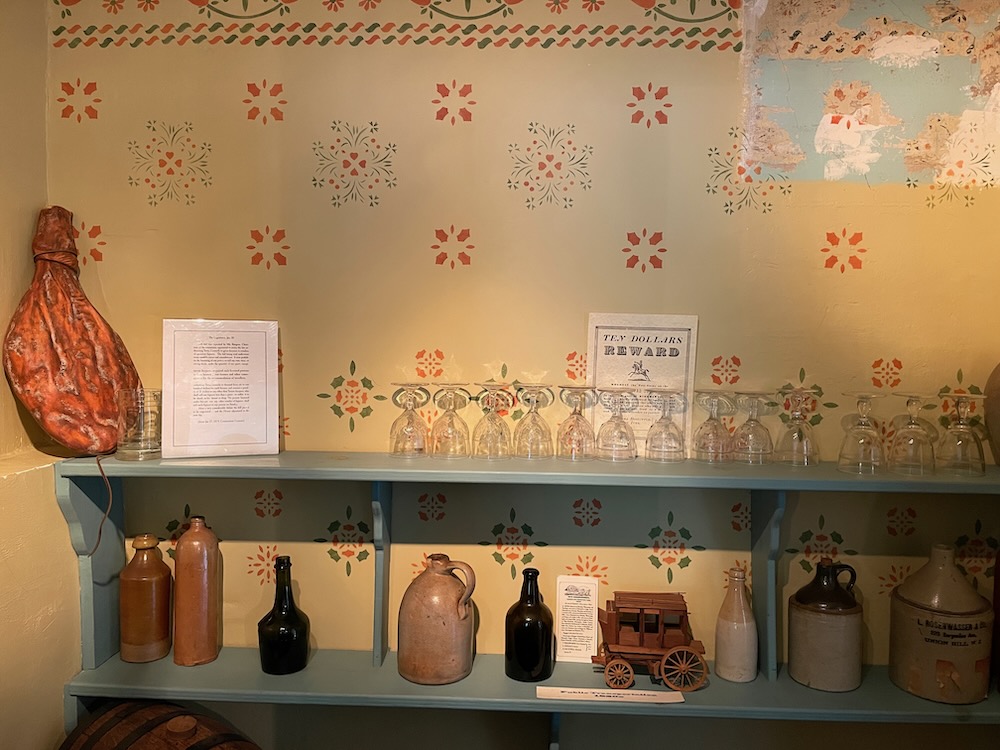
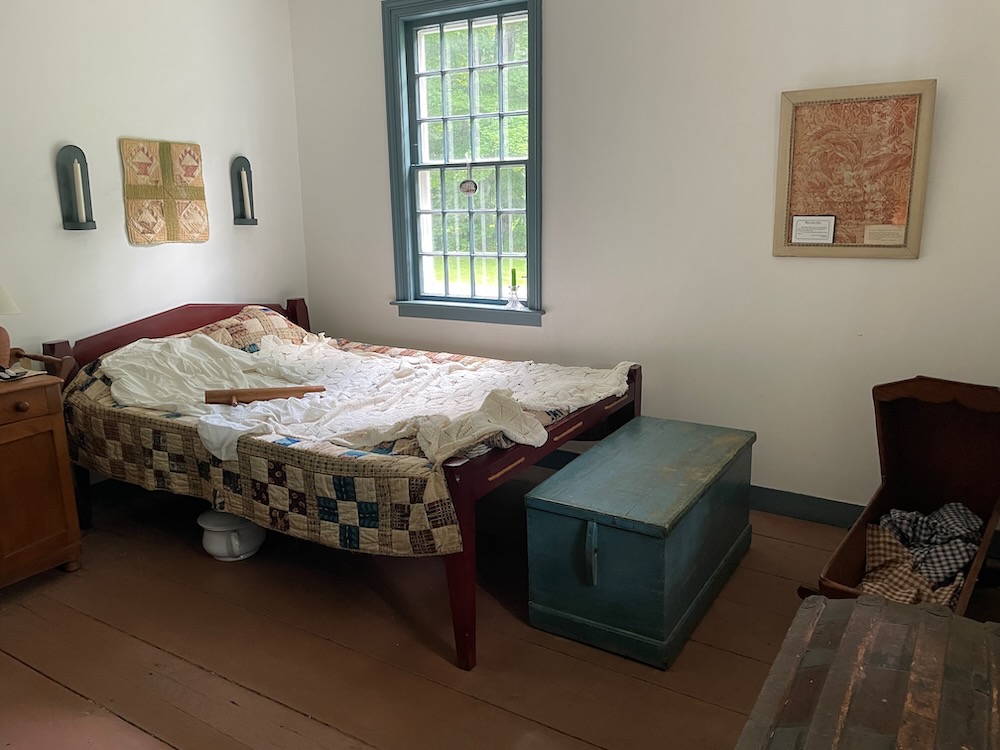
The ground floor of the museum is set up as though it was the early 19th century tavern. Lots of period furniture and explanatory signage and I was having a grand old time and then out of the shadows came the docent. He had no idea I’d been poking around for a while already and I had no idea he was even there in the first place.
But I’m glad he was.
He walked me through the owners again was a good storyteller. I learned all about the Ullmanns and how they arrived here in 1884 from Germany. These were difficult acres to farm, but they did well enough to earn a living.
We went upstairs.
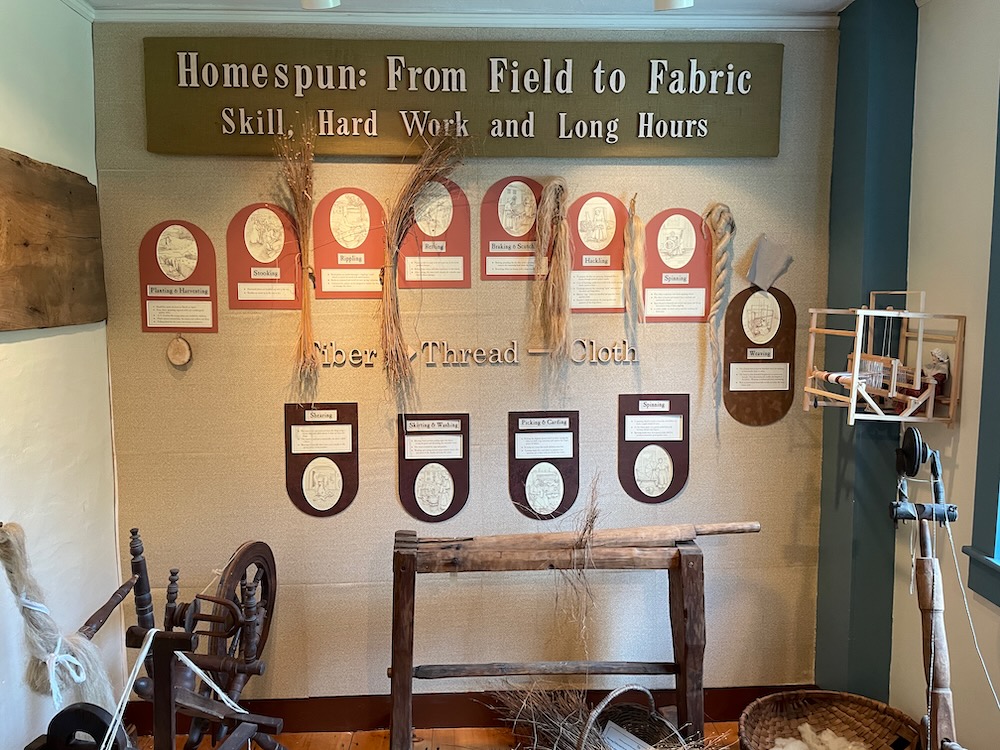
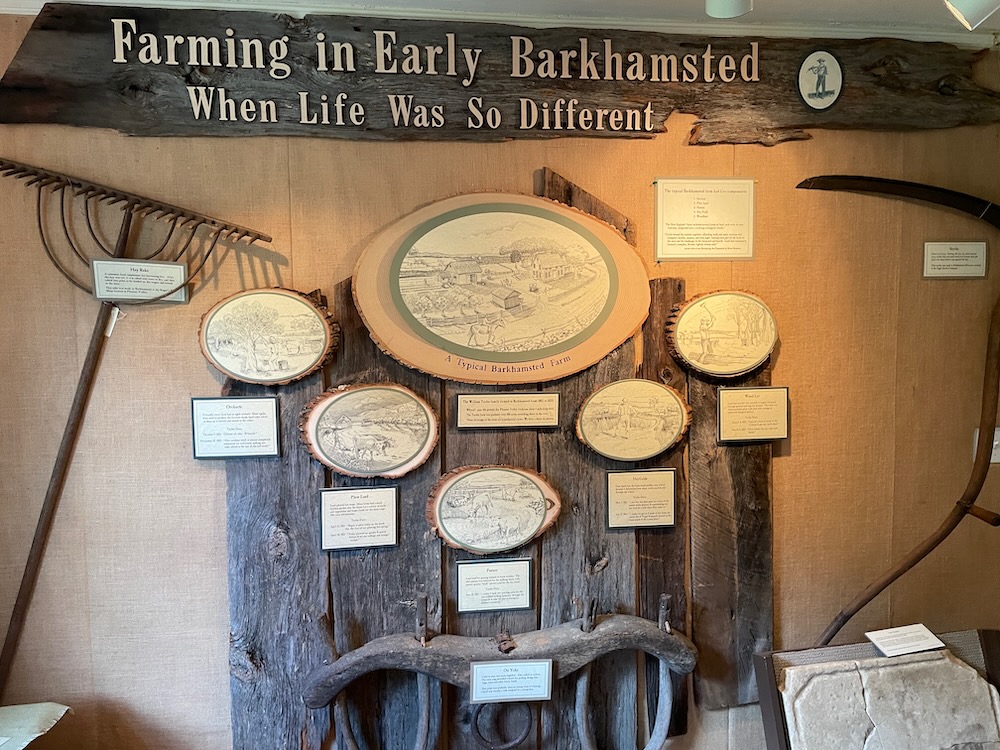
The Society has squeezed in a lot of history in this place. There are rooms set up to give an appreciation for that hard 19th-century farming life. I was particularly struck with the whole “making fabric from flax” exhibit. I know they didn’t have Netflix or TikTok, but dang, making a shirt must’ve taken forever, even for the most skilled weaver (or whatever they were called).
There was the child’s room with old timey toys, the usual Native American tools and arrowheads display, an interesting explanation of what the creation of the Barkhamsted Reservoir did to the town (turns out, not all that much. Certainly not as many homesteads or farms were drowned here as were in some other valleys around Connecticut.)
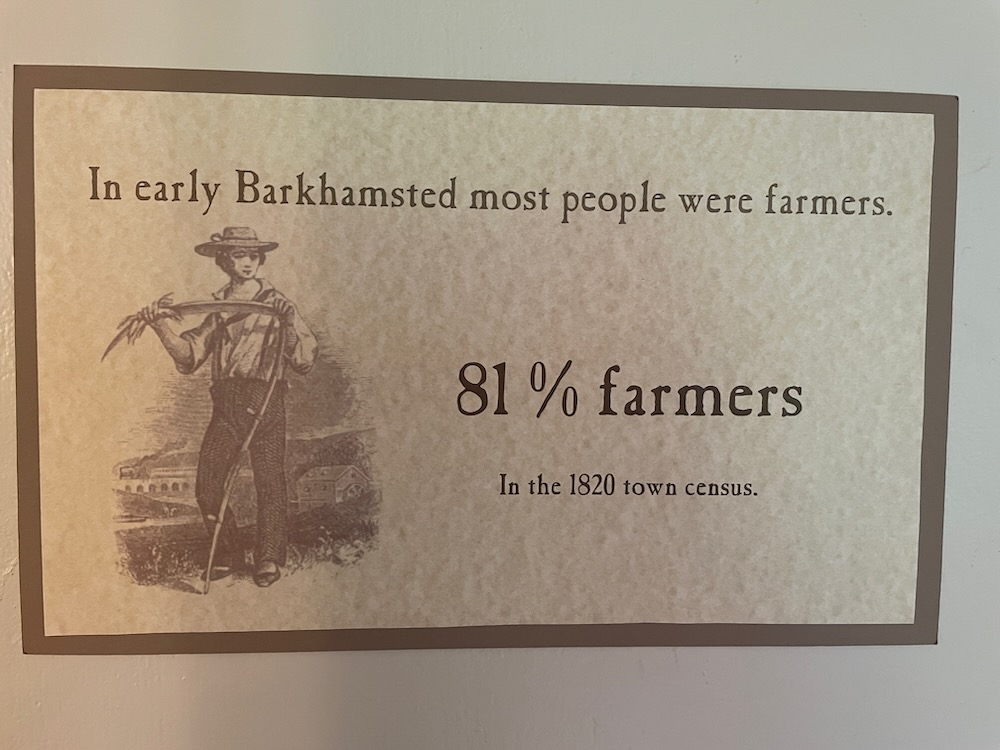
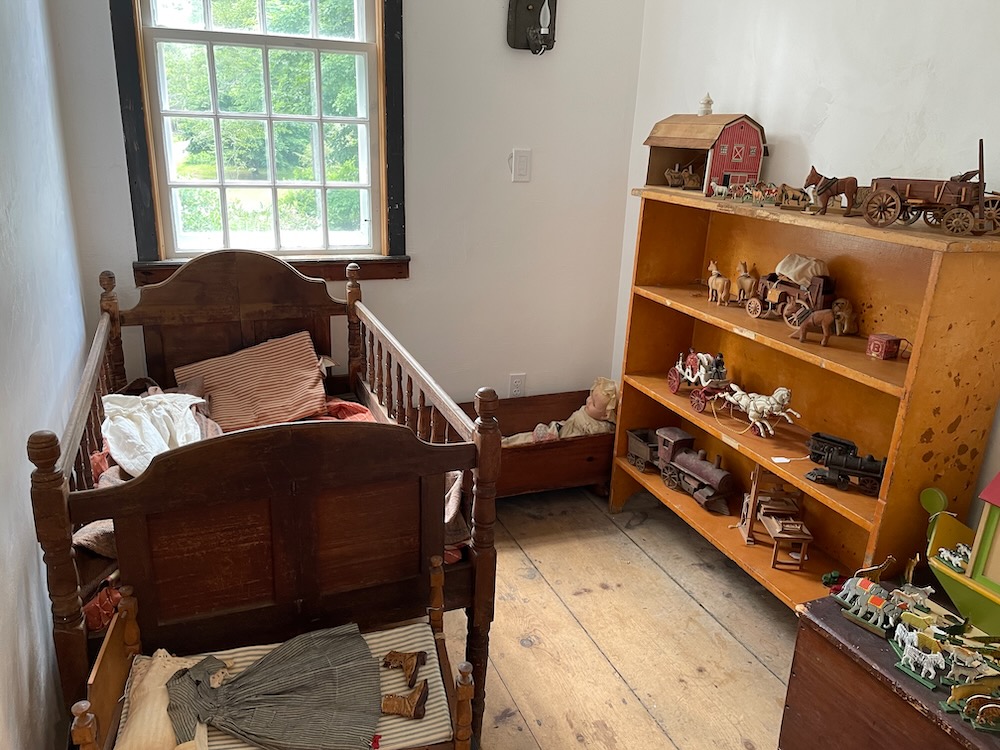
And of course there are the Hitchcock Chairs. Just when you thought you knew all there was to know about them, Squire’s Tavern has a map of chair salesmen’s routes and how impossible it was to keep up with the demand. Hitchcocks are, by far, the “most famous” thing to ever come from Barkhamsted.
Lambert Hitchcock took the whole mass production idea from Connecticut’s famous clockmakers and used it on chairs. He made interchangeable parts and shipped chairs that required some assembly. This was massively successful, and allowed him to move into higher end, fully assembled chairs and other furniture as well. The company’s fortunes soared, but ebbed and flowed over the next 100 years. They even had a museum here in town.
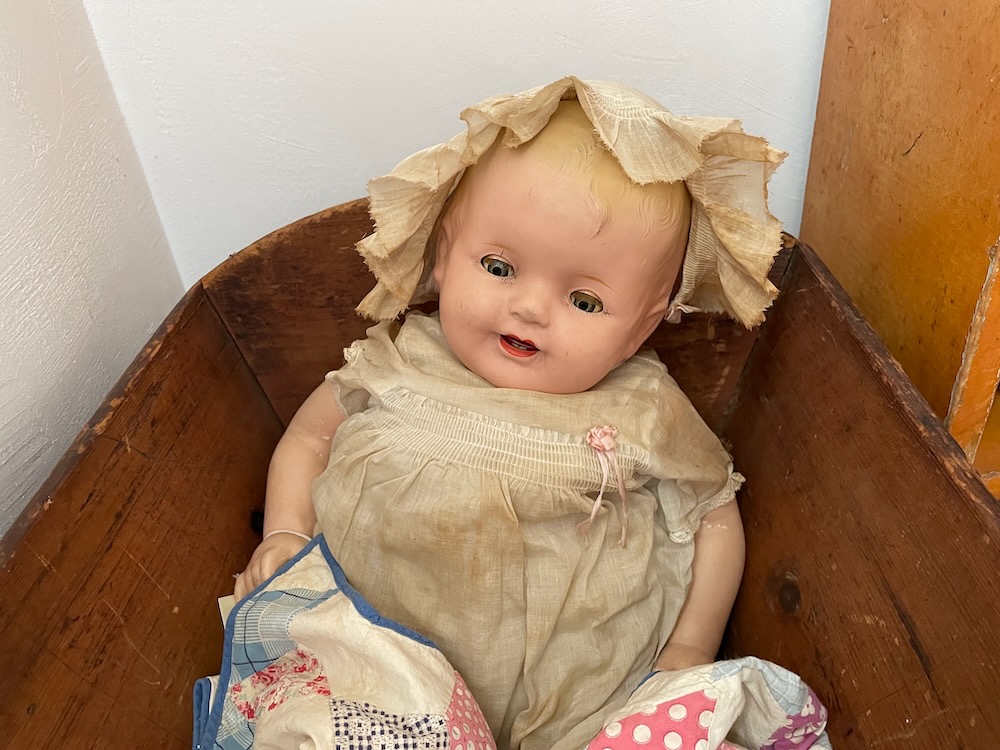
Hey! Not all dolls are creepy!
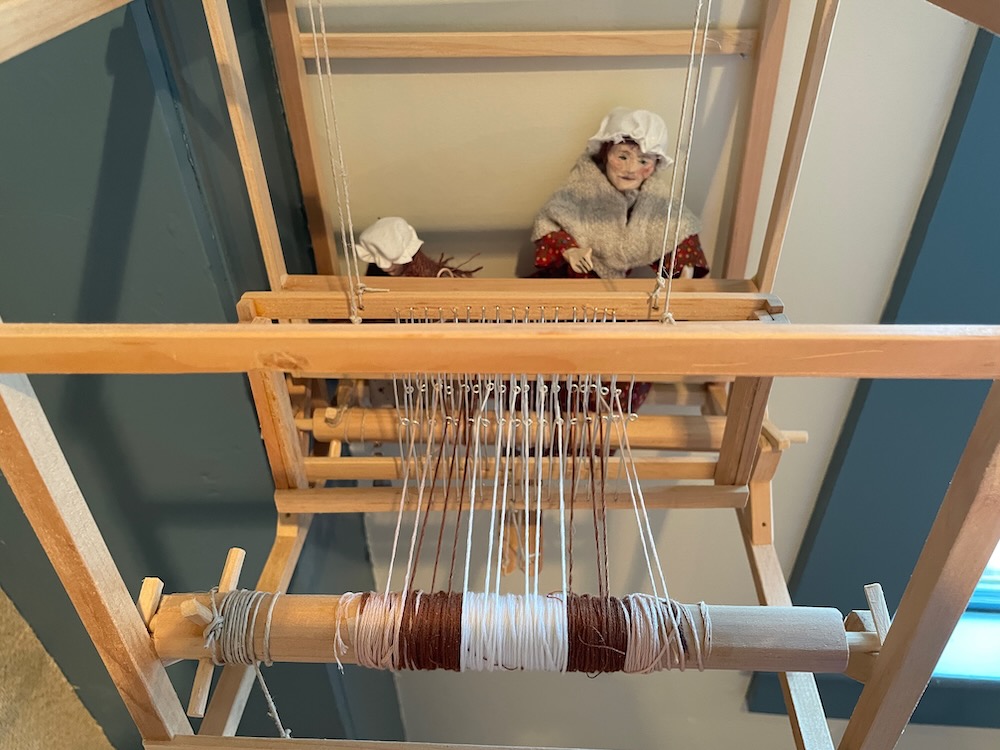
Yes. Yes they are.
As you can imagine, handmade furniture lost out to cheaper overseas models, and in 2006, the famed Hitchcock Chair Company closed its doors. But the name endured and a buyer swooped in and in 2010, got the factory up and running again. The chairs are a little more modern, I guess, but the same standard of quality remains. They also do restorations of original Hitchcocks and it is, again, perhaps the most famous thing about this hilly little northern Connecticut town.
I was hugely impressed with the breadth and depth of the displays here, and for anyone not familiar with Barkhamsted history, you’ll be pretty satisfied with a visit. Nothing too wordy, nothing too boring. Among the (literal) hundreds of historic house museums… among the (literal) hundreds of Connecticut town history museums… Squire’s Tavern is in the upper quarter I’d say.
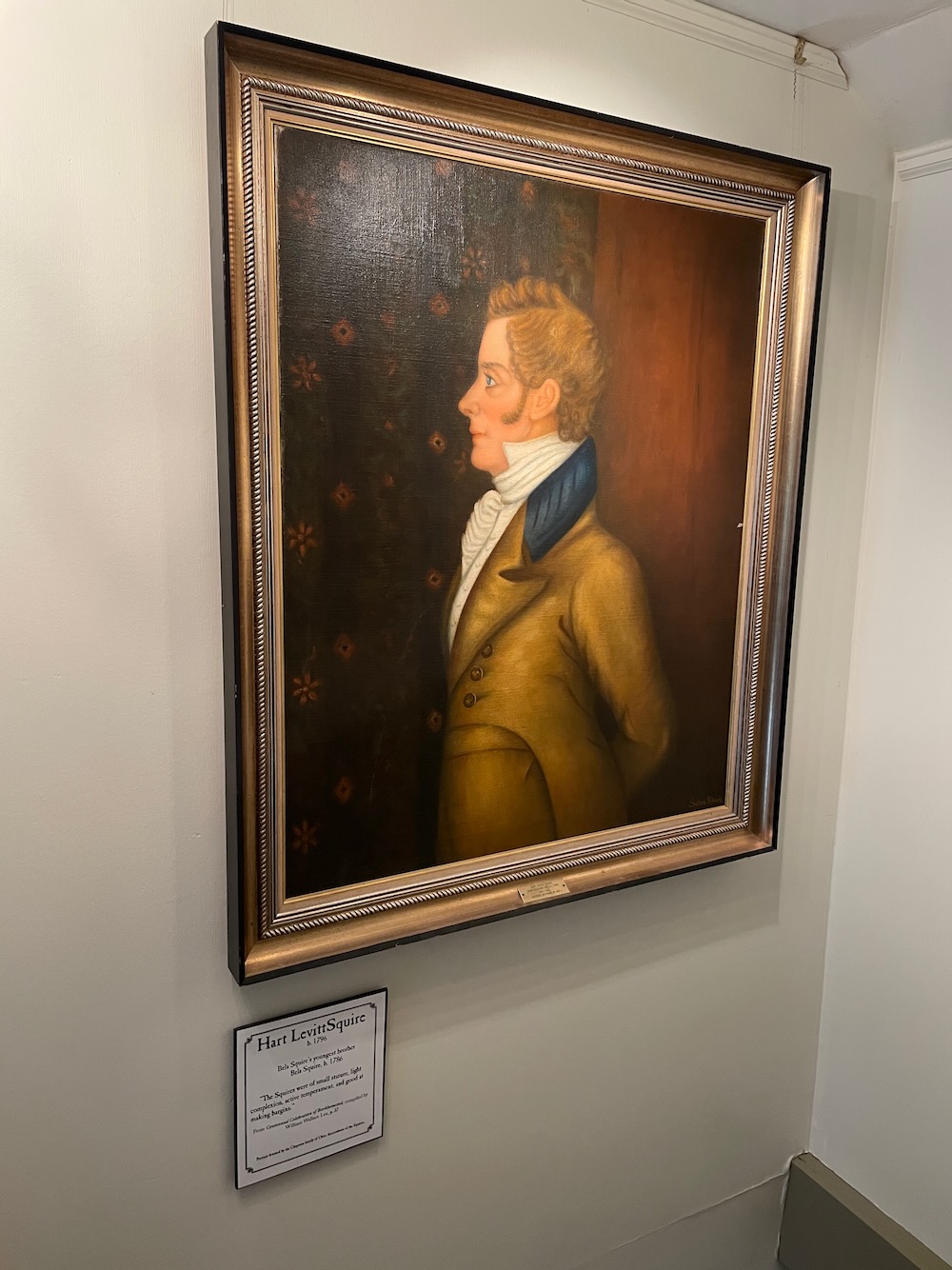
Mr. Squire! (Not a squire)
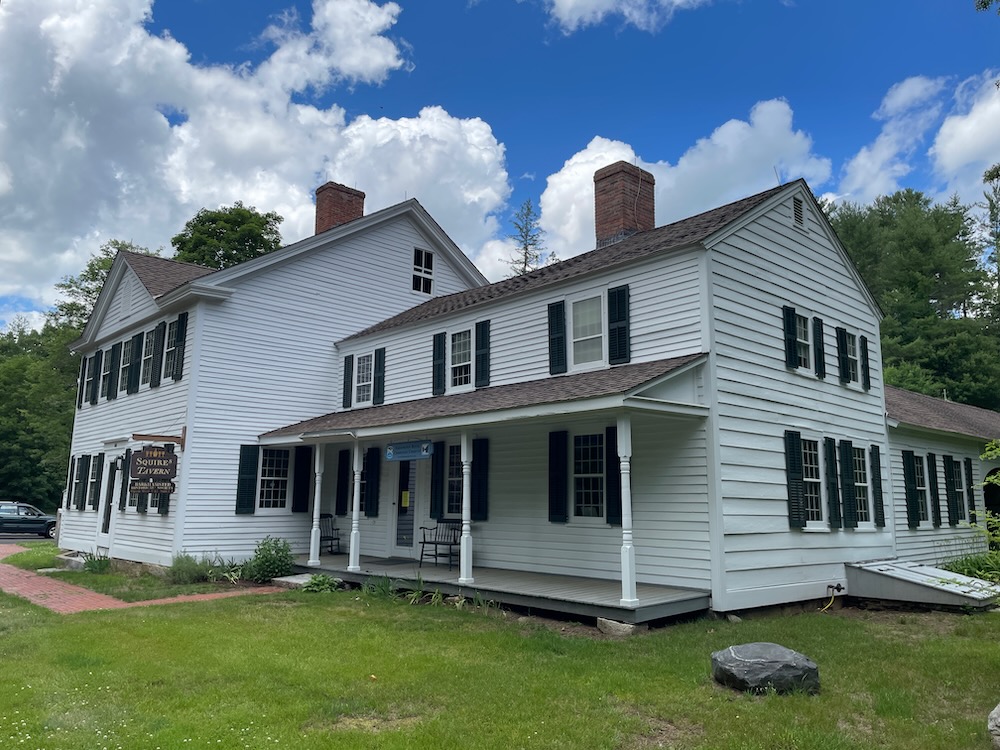
Barkhamsted Historical Society
CTMQ’s Museum Visits

 Noreen Watson says
Noreen Watson says
November 22, 2023 at 10:01 amSteve,
I am president of the Barkhamsted Historical society and we loved your article about Squire’s Tavern and the Center Schoolhouse! We were wondering if we could have your permission to post them on our web page. Also we have a series of programs from March thru June and were wondering if you might consider doing one.we would need to know details and how much you charge. thanks.
Noreen